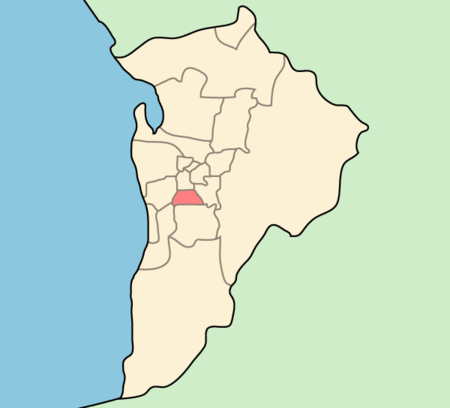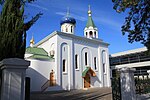City of Unley
1871 establishments in AustraliaLocal government areas in AdelaideLocal government areas of South AustraliaPopulated places established in 1871Use Australian English from August 2015

The City of Unley is a local government area in the Adelaide metropolitan region. It is located directly south of the Adelaide city centre. The Corporate Town of Unley was created in 1871, when 2,000 signatories to a petition from residents of the several towns of Unley, Parkside, Black Forest, Goodwood and Fullarton requested the Governor allow them to form their own municipality and thus sever from the District Council of Mitcham. The first town hall was built in 1880. It became the third municipality in the State to gain city status in 1906 (after the Cities of Adelaide and Port Adelaide), becoming the current City of Unley.
Excerpt from the Wikipedia article City of Unley (License: CC BY-SA 3.0, Authors, Images).City of Unley
King William Road, Adelaide Unley
Geographical coordinates (GPS) Address Nearby Places Show on map
Geographical coordinates (GPS)
| Latitude | Longitude |
|---|---|
| N -34.95 ° | E 138.6 ° |
Address
Stop 4 King William Road - East side
King William Road
5061 Adelaide, Unley
South Australia, Australia
Open on Google Maps




